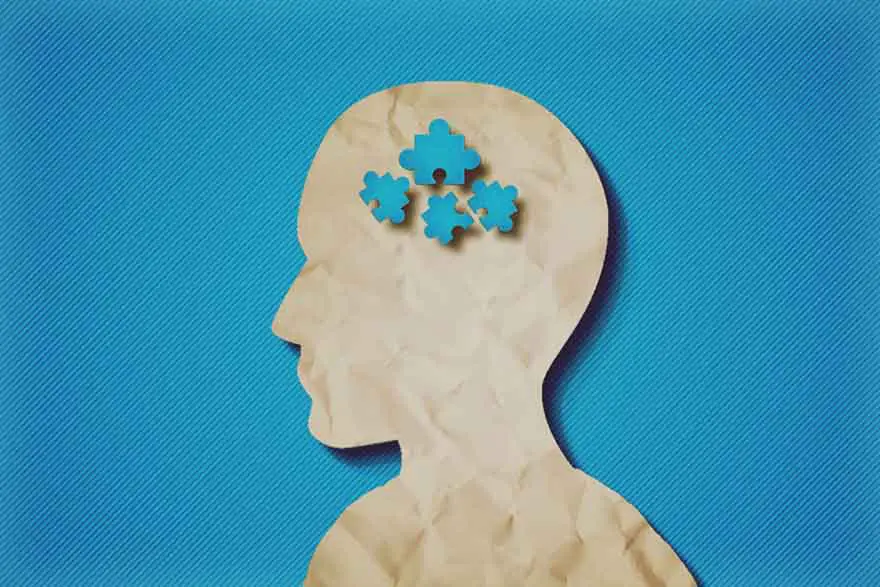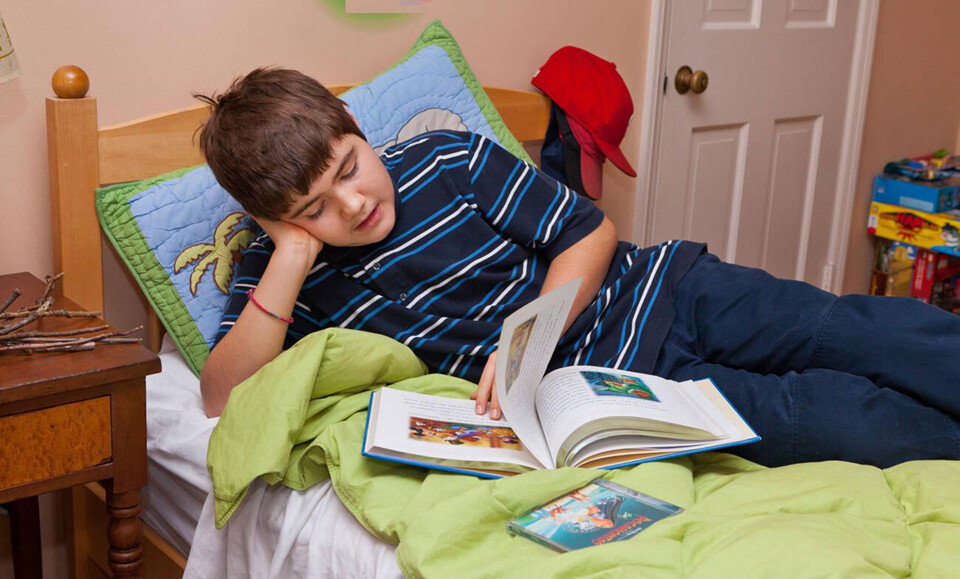As the tools we possess to identify autism and other such neurodivergent conditions improve, so do our knowledge on how to best care for, assist, and improve our methods when it comes to teaching children with autism. Having this knowledge is important not just for parents, teachers, and caregivers, for everyone. Neurodivergent folk are a large part of our society, after all, so knowing these details will help us to navigate society a tad easier.
Not to mention, our children are our future, including those who are autistic. By giving them good education, care, and patience, we are giving them the tools they need to help lead the next generation.
However, teaching children with autism isn’t all that easy, and it doesn’t get easier the higher up the spectrum they are. If you don’t have a lot of patience, or you are dead set on doing things a certain way, or you’re used to only teaching neurotypical children (children without any neurodivergent conditions, like Autism or ADHD), it can be difficult. That’s why it’s always good to educate yourself on ways to better understand how to interact with, assist, and teach autistic children.
So, if you’d like to help yourself become more comfortable with teaching autistic kids, I have some tips you should know when teaching children with autism.
Characteristics of Autism Spectrum Disorder

Autism, or as it’s officially known as, Autism Spectrum Disorder, is a complex condition that can take some time to understand. I cannot possibly begin to cover all of the intricacies of the disorder, but there are some basics we can cover.
You’re going to see quite a few noticeable quirks with autistic people, and these traits are far more pronounced.
Here are some characteristics of people with Autism Spectrum Disorder that you need to recognize and understand so you know what to do and what not to do when raising an autistic child.
- Challenges with developing, maintaining, and understanding relationships.
- Repetitive/physical behaviors that may seem odd, such as hand flapping, toe-walking, and tapping.
- Fascination with certain topics, to the point where they will talk about it constantly.
- Difficulty understanding social cues, like tone, body language, implied speech, eye contact, and facial expressions.
- Challenges with conversation. Here is how you can improve conversational skills in a child with autism.
- Speaking in a unique fashion or with unique language.
- Difficulty breaking away from routine.
- Sensitivity to intense stimuli, such as bright lights or loud noises.
Structure, Routine, and Predictability

Children with autism can have a difficult time breaking away from something they are familiar with. Routine helps them feel comfortable; safe even. This is why it’s important to always keep them on a certain structure. This doesn’t mean that you can’t challenge them at all. If you feel as though you want to change the routine a bit, do so one step at a time. Don’t spring it on them, though. If you’re a teacher, things like pop quizzes are never a good idea; you need to let them know ahead of time. If you don’t they may have a hard time.
Because of this, you should also keep surprises in general out of the way. Yes, not all surprises are bad, but it often doesn’t make much of a difference. It can still give them anxiety nonetheless.
Be Direct When Teaching Children with Autism

Trust me when I say that if you aren’t direct with your words, you’re going to have issues. Children with autism have a very difficult time taking hints. Body language, implications, jokes, and sarcasm can often go straight over their heads. If you’re trying to give them instructions, go step by step. If you’re giving them advice, be blunt. If they did something wrong or inappropriate, tell them exactly what they did wrong. Don’t let your tone or body language do any of the talking.
You also have to remember that some things that may seem rude or bad manners to neurotypicals may not be the same.
Here are some examples of direct language:
- When I am talking to someone else, it’s important that you wait until I’m done instead of interrupting.
- You made your friend sad when you said that.
- You are doing good in this area, but here is what you need to work on.
- It’s very important that you tell me something is wrong as soon as it happens.
Keep Instructions Simple

When teaching children with autism, it’s important that your instructions be simple. If it’s a complex task, you should give it step by step, or wait until they’re done with one step before going into another. Tell them that it’s okay to ask for help if they need it, but if it’s something that they’ve done before, you should ask if it’s something they’re comfortable doing on their own.
Yes, it may be important to give them direct instructions, but it’s also vital that we allow them to be independent at times so that they can build up confidence and learn how to do things on their own. In general, you should try to keep things simple, but don’t be afraid to challenge them a bit if you (and the child in question) think they can handle it.
Use Different Forms of Educational Material

Not all children learn the same way. Some are neurodivergent. Even if you are teaching children with autism, you should know that not all autistic children learn the same way, either.
One of the best ways to teach children is to use different forms of educational material. Visual, auditory, demonstration, step-by-step; all of these are good ways to approach a subject. If you think your autistic child is having a hard time learning, you need to try a different form of teaching. If just saying the information is not working, write it down, or find a video demonstration, or give them examples. Or, even better, if you can find a way to include their special interests, that’s definitely something you should incorporate. Different teaching techniques can be very helpful.
Use Special Interests to Help Teach Autistic Children

Children with autism tend to focus on certain things far more than the average child of their age. We call it a “hyperfixation”. There’s a good chance you might already know what their special interests are because they will like to bring it up when the topic arises. If not, feel free to ask.
Some children might know everything about Batman, others like trains, and there are those who like to learn random facts about Japan. I have a friend of mine who has been hyperfixating on a show for thirteen years and thinks about it everyday.
So, how can you use this to help teach children? Well, you can incorporate their special interests into their lessons. For example: if they have an intense interest in trains, you can use that to help with a math question, such as teaching about speed or the volume of a cargo box.
Communicate with Parents or Teachers

If you’re a teacher, you should communicate with parents, and if you’re a parent, you should communicate with their teachers. No one knows children with autism better than these two people. Something one party may not know about the child can be learned from the other.
If something is wrong in school, this can be figured out through communication. It will only benefit the child to work together, as it will create a better understanding of how the child learns and how they’re developing as time goes on. It will make things easier for all parties.
Encourage Social Interactions

Remember that children with autism have an especially hard time developing relationships, and that includes family, friends, and teacher-student relationships.
It can lead to the child feeling isolated and left out. Because of this, you need to encourage them to hone their social skills which will in turn improve their behavior in social settings and enhance their expressive language. This isn’t as easy as saying “go make friends”. You may have to step in and find someone for them; preferably a child with a similar temperament or special interests. If you know another child with autism, that’s even better, because they are more likely to interact with one another in an easier fashion.
This will no doubt be a hard task, because you’ll never know how children will react with one another, and one bad interaction could put the child off of trying to form any more relationships. In the end, it will be more than a boon to them. After all, children can help each other learn, and the positivity of a good relationship can improve how they learn and understand information.
Recognize and Avoid Sensory Overload

Autistic children are sensitive to certain stimuli, and when it gets too much for them, they can end up having a hard time concentrating, it can harm their mood, and can cause them to act up or freak out. Bright lights are a classic one, and there are times where they need to go somewhere a little darker.
There are also auditory sensitivities. If things get too loud, they may need to go someplace quieter, so try to keep the room at a moderate volume. If you notice that a child may be feeling tense or disturbed, ask them what’s wrong; ask if things might be too bright or too loud, and do your best to assist them. If they need to go someplace else, such as sitting outside of the room, let them do so, and make sure to check in on them and ask if they think they’re ready to come back.
Have Patience When Teaching an Autistic Child

This is not an option. This is not a trait you can just overlook. You need to have patience when dealing with Autistic children. If you struggle with displaying patience, then you need to learn how to hone that skill, because patience with autistic children is mandatory. Do not get snippy with them, do not punish them for having a difficult time understanding, and do not tell them that they’re frustrating you. These do not improve an autistic child’s ability to learn. For example, understand that teaching emotions to an autistic child can be very challenging and requires specific techniques and tools, such as picture cards and color wheels.
If you need to take a step outside, that’s fine. You can take as many breaks as you need, but if you cross that line and end up hurting them emotionally, that’s not something you can take back. Learn some ways to lower your own frustrations and stress, because unless that child is intentionally trying to raise your temper, it is not their fault, full stop.






